I had to scramble (pardon the pun) to get breakfast on the table and the tea brewed.
As Dharma proceeded to tell me more about his new-found interest in the sport of curling, I noticed he was giggling like a schoolboy. I asked him what was so funny and he simply replied, "Me! Can you even imagine an old frog like me thinking about taking up a sport?" "It does seem kind of silly," I mused as I sipped my tea. I had to admit that the thought of this put a grin on my face "That's exactly my point, Tadpole. The frog who can learn to laugh at himself will live a longer, happier life. It is a silly notion, me wanting to try curling, but why shouldn't I? It's all in good fun, Irwin. And who knows? I might actually be good at it." And with that, our lesson began.
Laughter is good for us, we all know this. Laughter is considered to be the best medicine in the world. But I wasn't too sure about all this "laughing at ourselves" theory of his. I love to laugh but rather than laugh at myself when I screw up, I get kind of embarrassed. I want to hop away and hide! But, in his usual way, Dharma set me straight. He said that laughter is one of life's greatest gifts. It can make our decidedly complex, confusing, and often scary world a lot more tolerable. He reminded me of a quote from Mark Twain, "The human race has only one really effective weapon, and that is laughter." I guess the same holds true for we frogs, as well. "Son," Dharma continued, "Laughter gives us strength, both physically and spiritually. Those of us can learn to laugh at ourselves will live a better and happier life." "Why is that?" I asked.
In a nutshell, here was his response. Laughing at ourselves shows resiliency and mental toughness. When we can laugh about the past, rather than obsess over our mistakes, we become stronger. It's easy to find humor in particular situations but it's another thing to be reflective and be self-aware enough to laugh and learn, from our mistakes. Laughter and tears, my wise teacher explained are both responses to frustration and exhaustion. Sometimes we need to have that good ol' cry, but then we can follow it up with a belly-laugh. Being able to laugh at our own mistakes shows a certain level of maturity. It shows we have acknowledged our shortcomings and accepted them. We can accept our frogginess...or our humanity. We allow ourselves to feel more content.
When we are able to laugh at ourselves we radiate a kind of positivity. This is linked to more optimism and better moods. It shows the world that we okay with who we are. It opens the door for others to laugh at themselves, too. "The world can be a serious place, Irwin. Being able to laugh at ourselves lightens the load. It makes living easier and more enjoyable. Taking ourselves too seriously can be our downfall. After all, Little One, no one is perfect. I know that most everyone sees me as serious, wise, and often stern. And while they are true to a certain extent, I am still able to enjoy my life, doing the things I like without fear of how it might look to others. I will most probably never be an Olympian curler, but the fact is I am willing to try something out of my comfort zone, without the worry of what others might think. It's very freeing."
We finished our repast, polished off the last of the tea. As Dharma hopped off for his curling meeting, I began to think about my own life and my past mistakes. Without realizing what was happening, I found myself chuckling over many of the silly things I've done. And you know what? I immediately felt better; happier, lighter, and more optimistic about my future. Laughter really is the best medicine!
I hope you'll stop by tomorrow when I'll have the March Calendar of Special Days.
I wish you all peace and a little laughter!


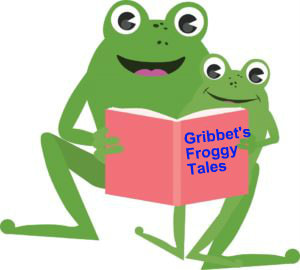

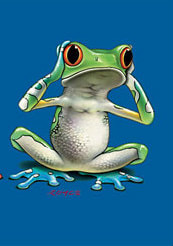
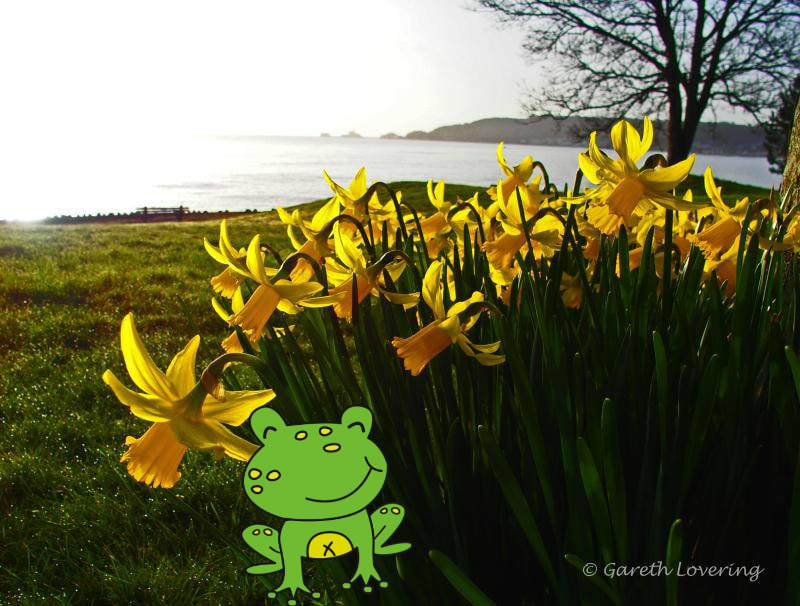
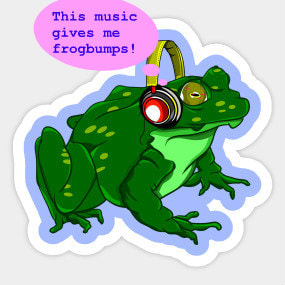
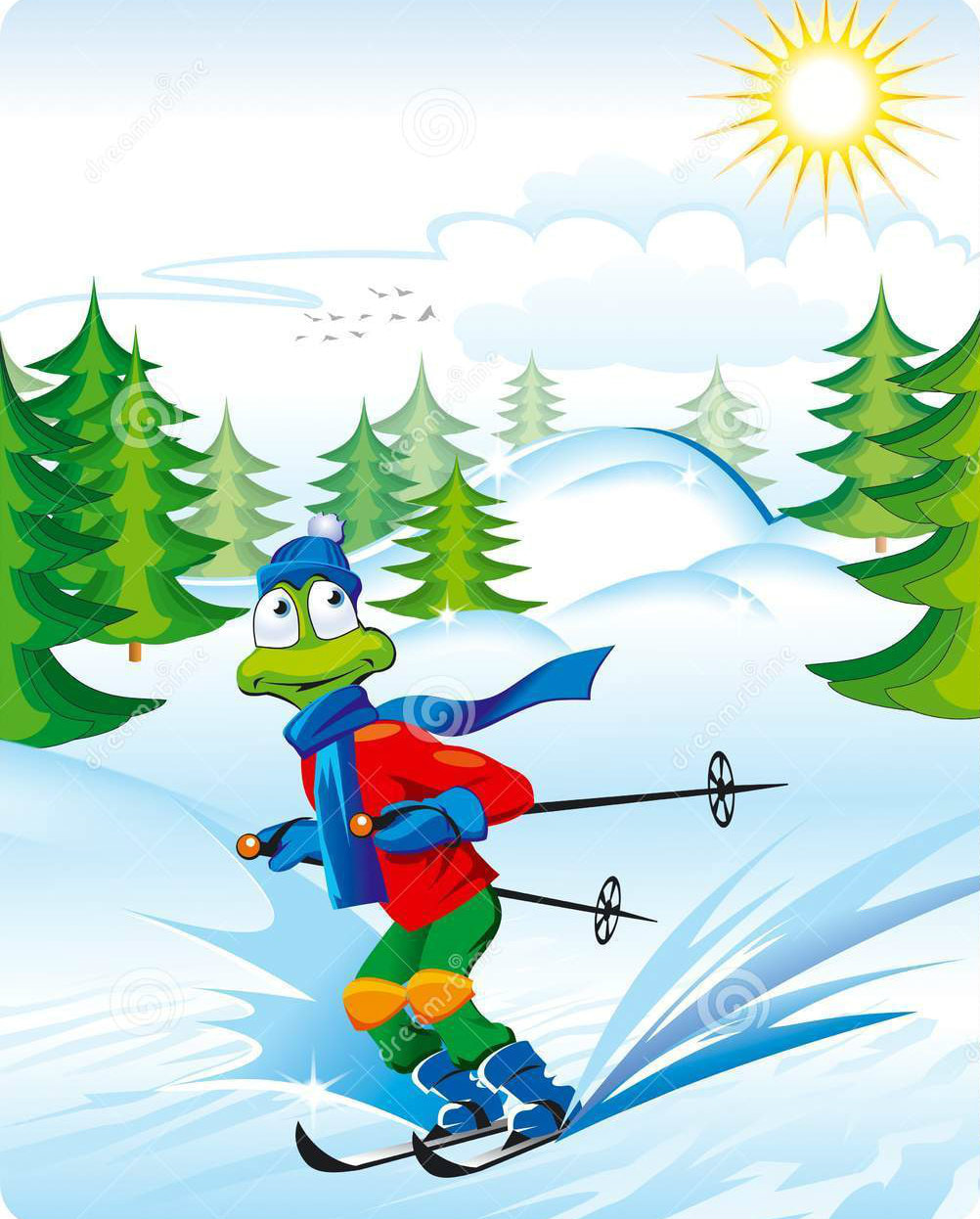

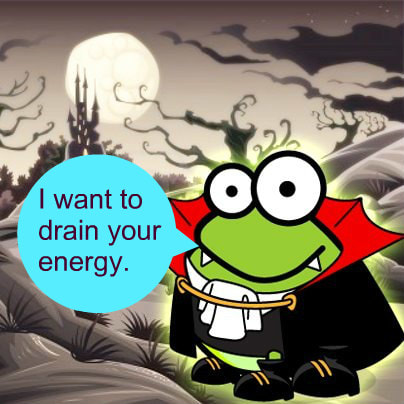
 RSS Feed
RSS Feed